Affiliate links on Android Authority may earn us a commission. Learn more.
6 things you need to know about the latest Arm CPUs and GPUs
Arm is the most important company in the smartphone industry, as its silicon designs are used by all mobile brands. Now, the chip designer has revealed two new Arm CPUs and two new GPUs.
The Cortex-A78 is a direct successor to the Cortex-A77 found in the Snapdragon 865 and MediaTek’s flagship silicon. Meanwhile, the Cortex-X1 is an even more powerful CPU for smartphones.
On the GPU front we’ve got the Mali-G78, succeeding the Mali-G77 seen in the Exynos 990 and Dimensity 1000 flagship chipsets. We’ve also got the Mali-G68, fitting in between the firm’s mid-range and flagship graphics offerings.
It’s a lot to digest, but here are a few things you should know about these brand new Arm CPUs and GPUs.
1. Cortex-X1 is aimed at Apple
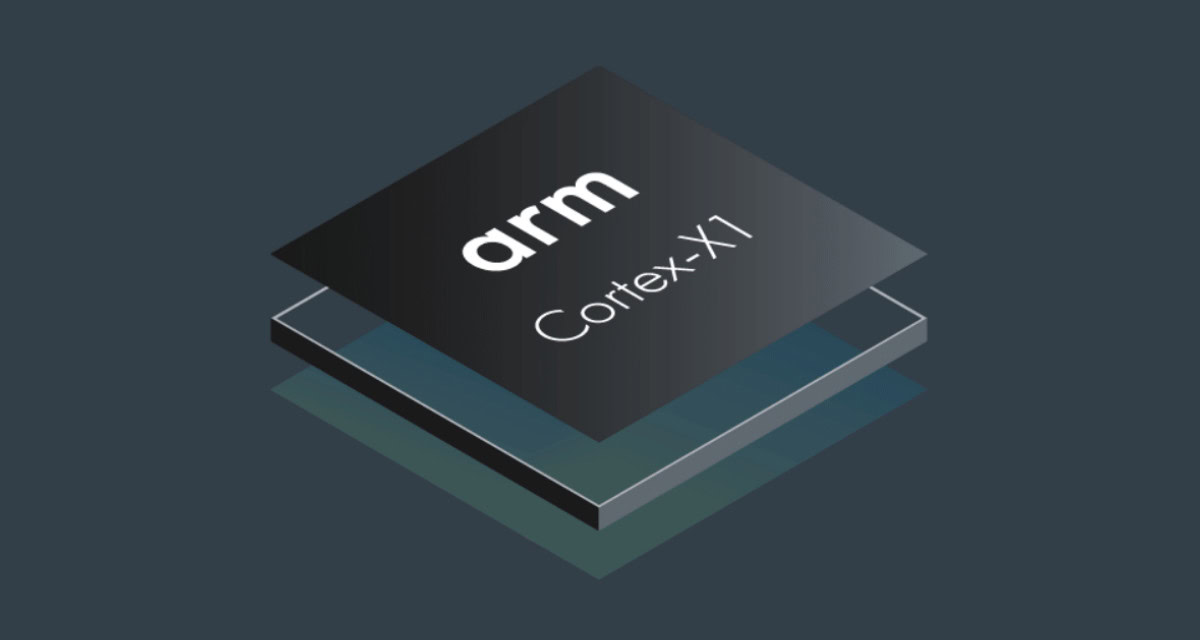
The Cortex-X1 is a major power play by Arm, with the firm saying it’s designed to be competitive with other Arm CPU implementations. You have to believe they’re talking about Apple’s CPUs then.
In fact, Arm says the Cortex-X1 has a 30% performance boost over last year’s Cortex-A77 and 23% better performance than the brand-new Cortex-A78. It’s suggested that this approach prioritizes power over efficiency, so don’t expect the Cortex-X1 to be very kind to batteries. It’s possible that this CPU will be limited to specific chipset makers, but we’ll need to wait and see.
Related: Is a $400 iPhone SE really faster than the most powerful Android phones?
2. Cortex-A78 is essentially a Cortex-A77.1

The Cortex-A78 is the logical successor to the Cortex-A77 seen in Qualcomm and MediaTek’s flagship processors, but don’t expect a massive upgrade over the A77 though.
Arm says you can expect a 20% increase over the Cortex-A77, but this compares a 5nm Cortex-A78 CPU to a 7nm Cortex-A77 CPU. A like-for-like increase is in the range of 5% to 7%.
Arm also says the new CPU should use 50% less power compared to a Cortex-A77 CPU, but this also compares a 5nm A78 to a 7nm A77. The like-for-like increase (using identical processes) is more like a 4% power reduction.
In other words, the difference between the A78 and A77 is not as big as it sounds. But that’s where the Cortex-X1 CPU comes in.
3. Tri-cluster CPUs get a boost
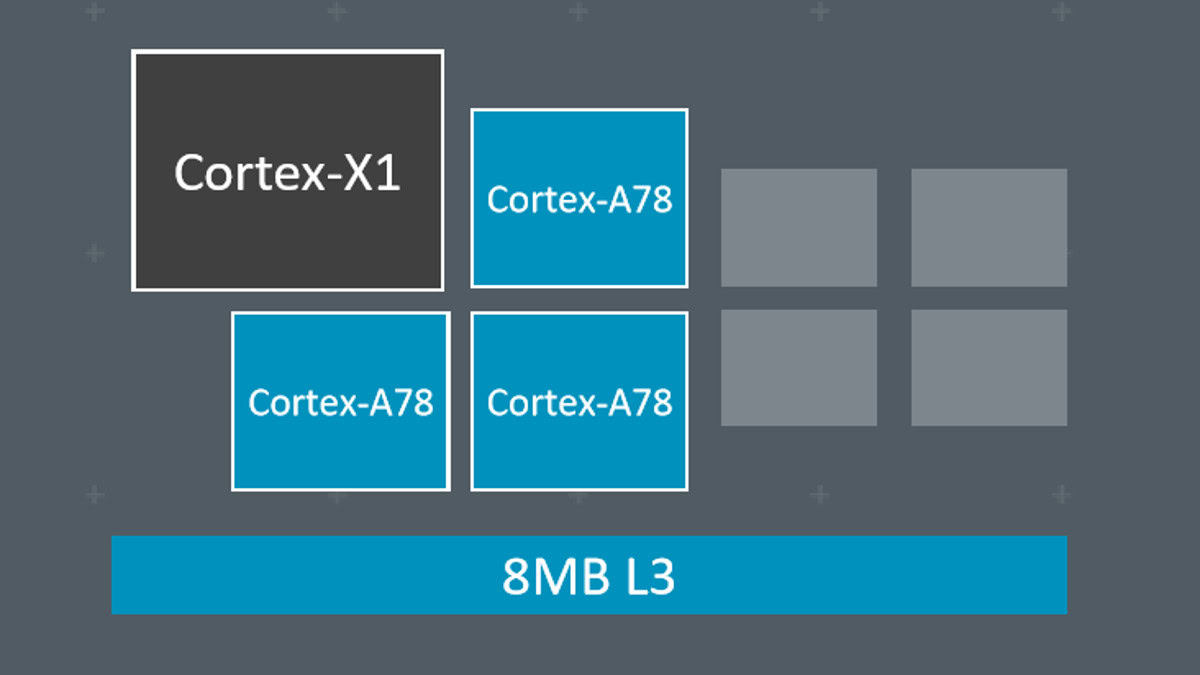
We’ve seen a trend for the likes of Qualcomm, Samsung, and HUAWEI to use heavy/medium/light CPU layouts. This typically sees two heavy cores with a high clock speed for advanced tasks, two medium cores, and four lightweight Cortex-A55 cores for simple tasks (or 1+3+4 in Qualcomm’s case).
Related: Galaxy S20 Plus Snapdragon vs Exynos: How big is the difference?
Usually, the heavy and medium cores are identical save for clock speed and a few other minor tweaks. But Arm showed the example of a powerhouse Cortex-X1 paired with three Cortex-A78 medium cores (seen above).
That means you’ve got a big power boost for single-core performance while still offering battery-friendly CPU cores for less intensive tasks.
4. Mali-G78 is more of the same
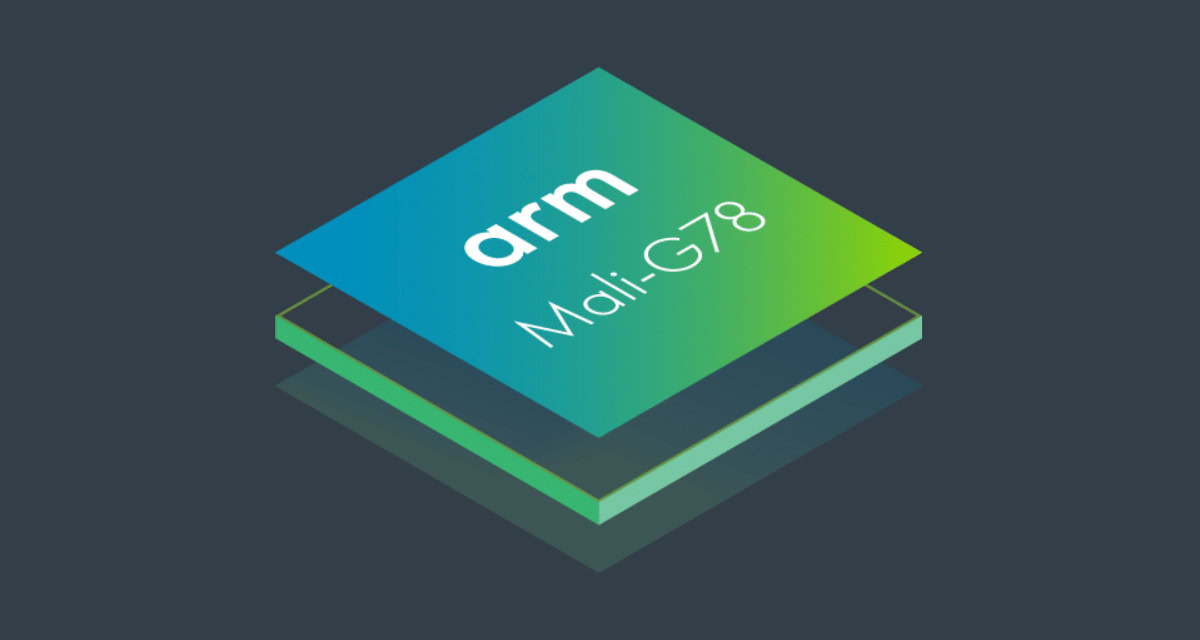
The latest flagship-level Arm GPU is the Mali-G78 and it offers double-digit improvements over the Mali-G77 seen in Samsung and MediaTek’s high-end silicon.
The chip designer says you can expect 15% better performance density, 10% better efficiency, and a 15% improvement in machine learning compared to the G77. This isn’t a big increase at all compared to previous upgrades though. The Mali-G77 reported boosts of 30%, 30%, and 60% respectively over the Mali-G76. Nevertheless, Arm adds that geometry-rich effects like grass and smoke should see a notable improvement on the G78 too.
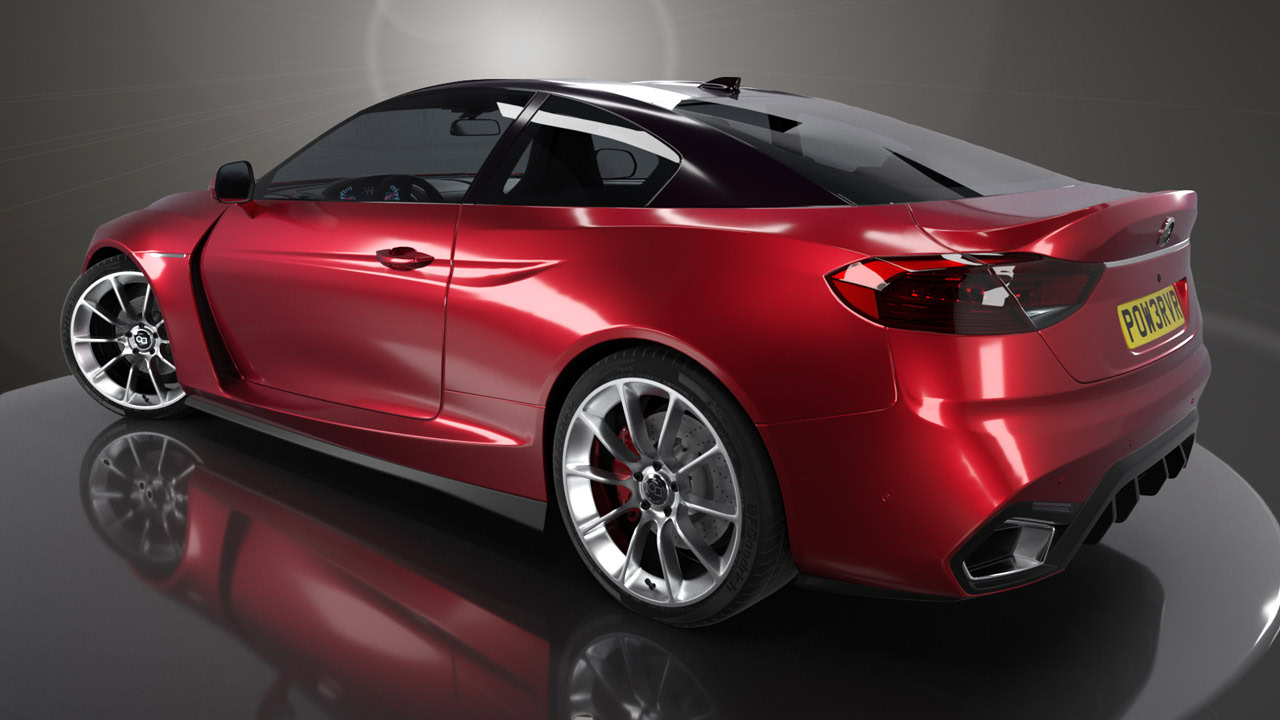
This new Arm GPU offers up to 24 shader cores compared to the maximum of 16 in the Mali-G77. Samsung used 11 shader cores in the Exynos 990 and MediaTek used nine in the Dimensity 1000, so you shouldn’t expect silicon designers to use the maximum 24 cores with the G78.
5. Mali-G68: An upper-mid range GPU
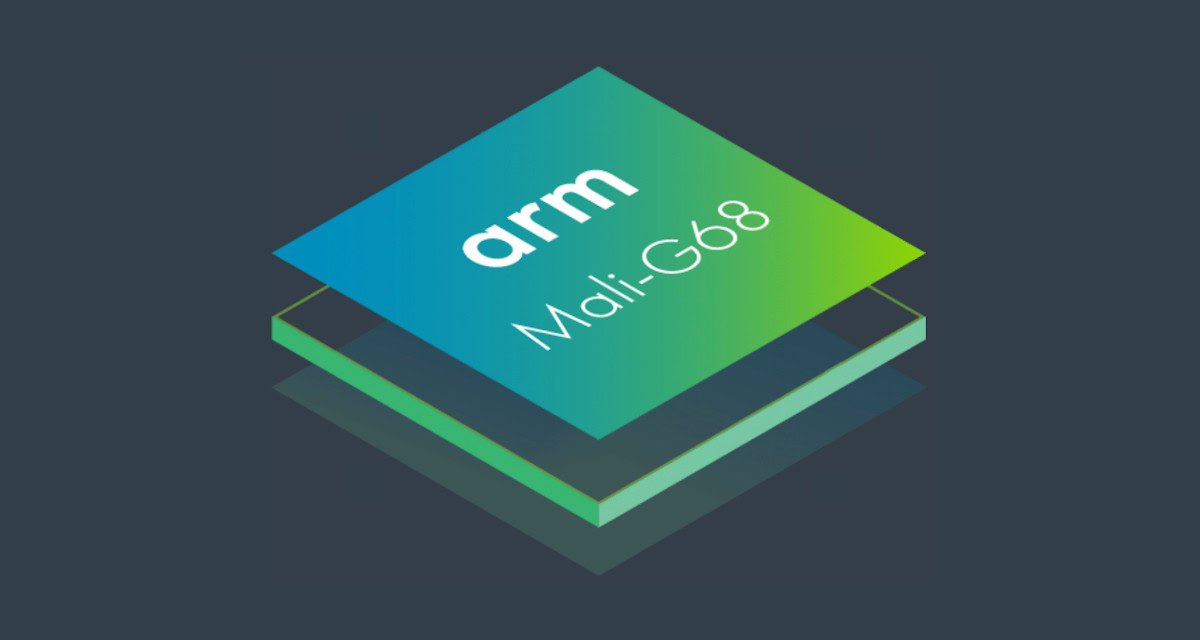
The other Arm GPU introduced today is the Mali-G68, which is being marketed as a step between the mid-range Mali-G5X GPUs and the high-end Mali-G7X silicon. In fact, it says this new GPU has the same features as the G78.
Furthermore, the chip designer says the Mali-G68 shares the same performance improvements as the G78 (i.e. 15% better performance density, 10% better efficiency, 15% better machine learning). But this Arm GPU is limited to six shader cores, as opposed to 24 in the flagship GPU.
6. GPU driver updates via Play Store?
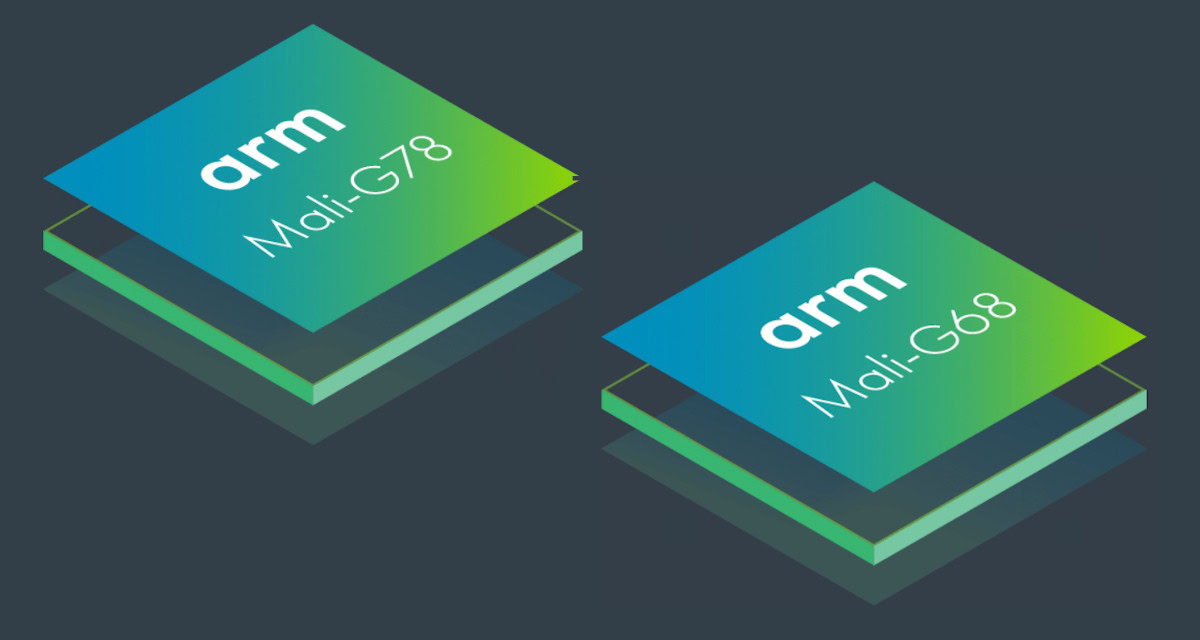
Qualcomm first announced back in December 2019 that it would offer GPU driver updates via the Play Store. So what about Arm then?
Read: Here are the first phones to get GPU driver updates via Play Store
The chip designer confirmed that it’s currently working with Google and various OEMs to offer GPU updates via the Play Store. Unfortunately there isn’t any specific timeframe or release window regarding this initiative yet.
Arm also confirmed to Android Authority that it was looking at ray tracing technology, saying that consumers wanted it. The firm added that it was investigating forward-based rendering and physical-based rendering too. However, the company refused to confirm if or when these three technologies could appear in its GPUs.
Looking for more coverage of silicon and mobile tech in general? Then check out the articles in the list below.